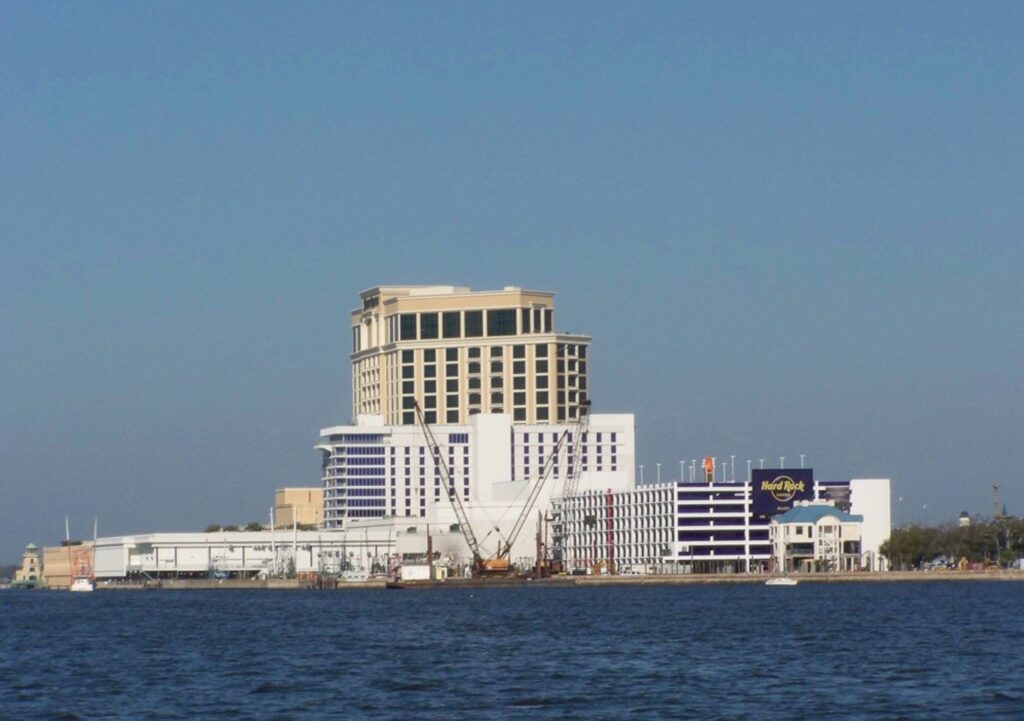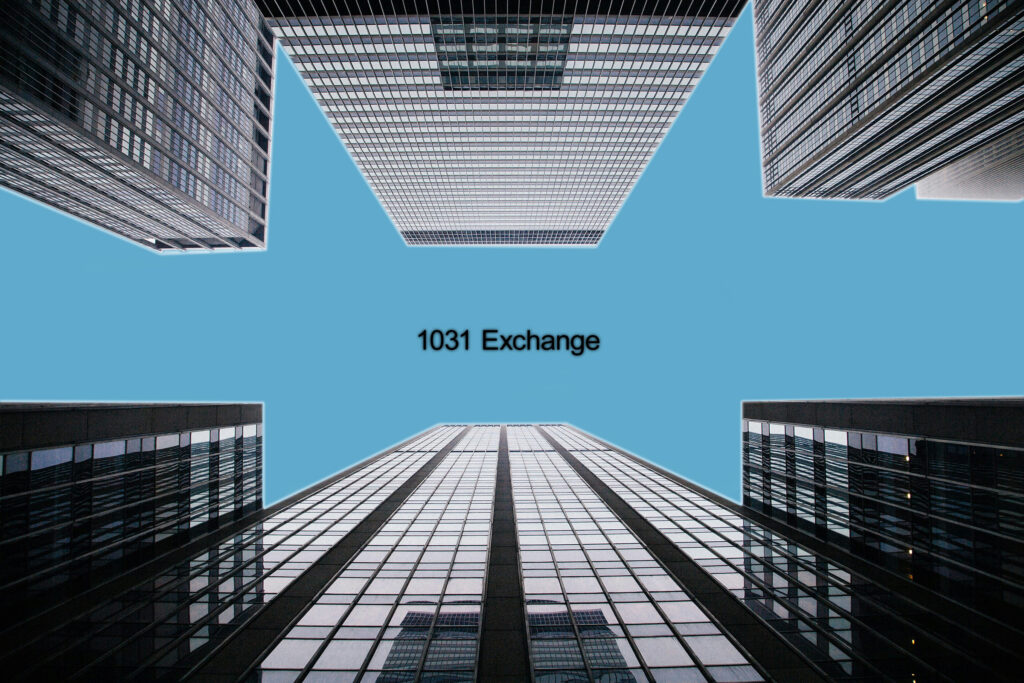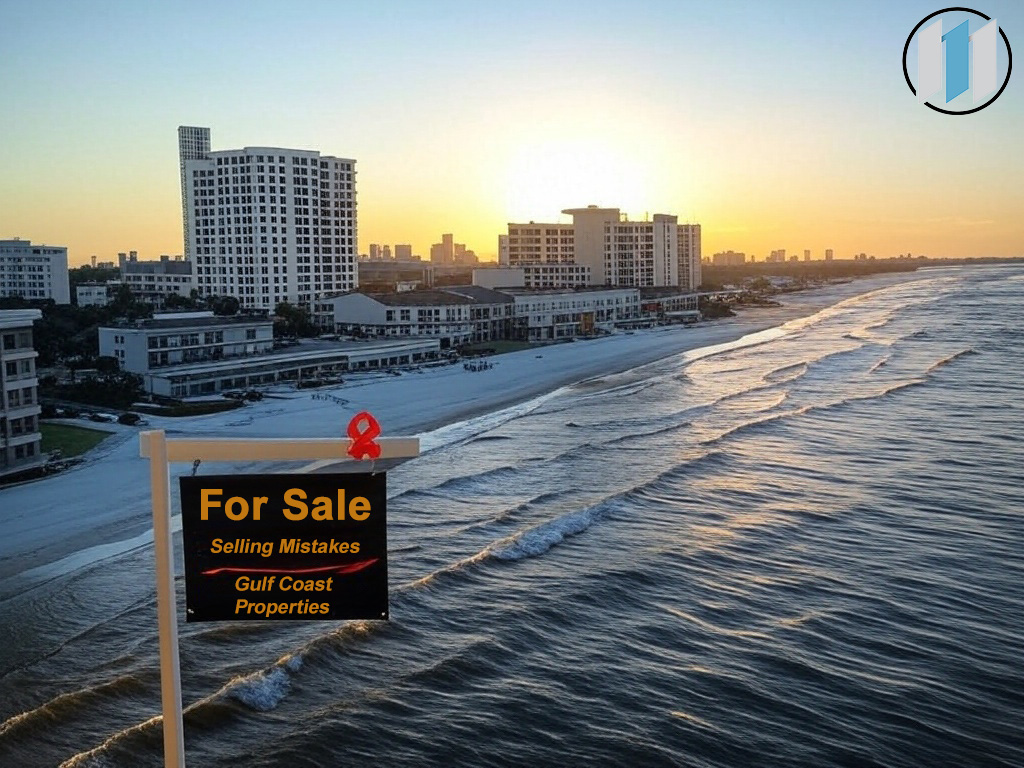Investment Properties in Mississippi

Investment Properties in Mississippi: Gulfport & Biloxi Real Estate Outlook 2025
Investors are increasingly eyeing the Mississippi Gulf Coast as a prime area for real estate. Investment properties in Mississippi have long been attractive for their low cost and steady demand, and as of 2024/2025 the trend is especially strong in the coastal cities of Gulfport and Biloxi. These twin anchors of Mississippi’s Gulf Coast offer a combination of affordability, economic growth, and rental potential that appeals to both local investors and those unfamiliar with the region. Recent data and local reports paint a picture of a market that is affordable but growing, with a professional yet welcoming environment for new investment.
Mississippi’s Affordable and Steady Housing Market
Mississippi’s housing market has remained relatively affordable and stable even as national home prices soared in recent years. Statewide, home prices continued a modest climb of about 4.5% year-over-year by late 2024, according to a house price index from the Federal Reserve . This steady appreciation indicates that investors in Mississippi generally see gradual equity gains rather than volatile spikes. In fact, over the three-year period up to Q3 2024, the Gulfport-Biloxi-Pascagoula region’s home values rose only about 3.3% in total . While that growth rate is lower than many booming Sun Belt markets, it underscores the stability and lack of speculative bubbles in Mississippi’s coastal real estate. The past year (2023–2024) saw a modest uptick of roughly 1.5% in median prices locally , showing that the market is inching upward at a sustainable pace.
Crucially, the Mississippi Gulf Coast remains highly affordable relative to national averages. Home prices on the Coast recently rose to be more in line with the market and then leveled off to a steady, moderate growth trajectory. This means investment properties in Mississippi offer strong value for money. Buyers can acquire homes at prices far below the U.S. median. For context, the median listing price in Gulfport is around the mid-$200,000s. Biloxi’s median is slightly higher (upper $200,000s) according to recent market reports. Both are well under the national median of roughly $420,000 . Additionally, Mississippi boasts low property taxes (effective rates around 0.7% of value, among the lowest in the nation), which reduces ongoing costs for property owners . All these factors contribute to the Gulf Coast being an attractive, budget-friendly market where investors can get more for their dollar.
Economic conditions in early 2024 and 2025 have further set the stage for a pickup in real estate activity. Mortgage interest rates, which climbed above 7% in 2023, began to ease slightly below 7% in the first quarter of 2024. The Federal Reserve’s pause on rate hikes helped stabilize financing costs. Many realtors expected buyer demand to increase as a result. Indeed, housing sales were predicted to rise in 2024, with the National Association of Realtors forecasting about 4.71 million homes to be sold nationwide (up from the previous year) . On the Mississippi Coast, local agents shared “good news for those looking to buy”. They anticipated 2024 would finally bring a noticeable uptick in home sales after a slower 2023. By early 2025 the market appears to be balancing—inventory of homes for sale has grown, giving buyers more choices, yet prices remain elevated compared to a few years ago . This balanced environment is ideal for investors: investment properties in Mississippi can still be bought at reasonable prices, and the increasing inventory means less frenzy and more time to find the right deal.
Gulfport: A Growing Port City with Untapped Potential
Gulfport, the second-largest city in Mississippi (population ~72,800 ), is a focal point for investment on the Gulf Coast. It forms the heart of the Gulfport–Biloxi metro area (over 400,000 residents) and boasts a diverse economy. Key sectors include the port and maritime industry, military installations, and a recovering tourism scene. The Port of Gulfport is one of the busiest on the Gulf of Mexico, anchoring commerce and jobs . Nearby, the Naval Construction Battalion Center (Seabee base) and an Air National Guard training center contribute a steady influx of military personnel and their families , many of whom rent or buy homes locally. This military presence provides reliable rental demand for landlords and a stable base of housing needs year-round.
What makes Gulfport especially intriguing for investors is its ongoing downtown and community development efforts. City officials and economic advisors have been actively working on plans to revitalize downtown Gulfport, filling vacant properties and attracting new businesses. In 2024, consultants highlighted a number of empty buildings and gathered input from residents on desired shops and eateries . By sharing this information with property owners and streamlining redevelopment checklists, Gulfport aims to stimulate growth in its urban core . A vibrant downtown can drive up property values in surrounding neighborhoods and increase demand for both commercial and residential spaces. For investors, this means buying into Gulfport now offers a chance to ride the upside of these improvement initiatives. A once “hidden” affordable market is gradually transforming, yet still early in its growth curve.
Importantly, Gulfport real estate remains very affordable and investor-friendly. Typical single-family homes in Gulfport often list in the low $200Ks, and the city’s median sale price has hovered around $200,000 in recent data – indicating that investment properties in Mississippi’s Gulfport market can be acquired at a fraction of the cost of similar coastal properties elsewhere. Even as prices have edged up (with a yearly increase of ~1–3% recently), Gulfport is decidedly a buyer’s market as of early 2025, with housing supply exceeding demand in some segments . Properties tend to sit longer on the market (median 80 days per Realtor.com ), giving investors room to negotiate. Rental yields in Gulfport can be attractive thanks to low acquisition costs and solid rents (the average 3-bedroom rent is roughly $1,400/month ). Additionally, Gulfport’s growth initiatives and its strong community (cruise events, fishing rodeos, etc.) signal a positive long-term outlook. Investors familiar with the area often cite South Mississippi’s friendly, stable atmosphere as a major plus: you’re investing in a community on the rise, not just a property.
One consideration in Gulfport (and the broader Coast) is the cost of insurance, particularly wind and flood insurance due to hurricane risk. Insurance premiums along the Mississippi Coast have been notoriously high since Hurricane Katrina in 2005, which has somewhat tempered home price growth historically . Local leaders have long argued that exorbitant insurance rates “stunted economic development along the Coast” by raising the cost of homeownership . Investors should budget carefully for these insurance expenses, which can eat into cash flow. There are ongoing efforts to address the issue – legislation and “clarity bills” aim to make rates more transparent and competitive . While progress is gradual, being aware of and mitigating insurance costs (through proper property improvements, higher deductibles, or shopping around) is a prudent step for anyone purchasing investment properties in Mississippi’s coastal zone. The upside is that property taxes and other expenses are low, often offsetting some of the insurance burden.
Biloxi: Tourism, Casinos, and Strong Rental Demand
Biloxi offers a slightly different flavor of opportunity. Just east of Gulfport, Biloxi (population ~48,000 ) is a tourism-driven city famous for its beachfront casinos, resorts, and vibrant entertainment scene. It’s home to eight major casino resorts lining the waterfront , including the Beau Rivage and Hard Rock, which draw millions of visitors each year. This robust tourism economy translates into strong demand for short-term rentals and vacation properties. Investors interested in Airbnb or beach condos will find Biloxi particularly appealing – the city is a Gulf Coast vacation staple with year-round events (from summer beach crowds to spring’s Cruisin’ the Coast car show). Do note that Biloxi’s city regulations restrict short-term rentals in purely residential zones (rentals under 30 days aren’t allowed in single-family neighborhoods without special permits) . However, areas zoned for community business or along the beach are open for such use, and many investors successfully operate vacation rentals in those districts. It’s wise to check local zoning and obtain the necessary Certificate of Zoning Compliance and permits when planning a short-term rental in Biloxi .
Beyond tourism, Biloxi has a significant military population thanks to Keesler Air Force Base, a large training base within the city . Keesler’s presence ensures a consistent market for rentals and starter homes, as airmen and civilian contractors rotate through. Many landlords in Biloxi cater to military renters, given the reliable BAH (housing allowance) income and the steady turnover of personnel seeking off-base housing. This dynamic contributes to Biloxi’s reputation as a stable rental market. In fact, as of late 2024, Biloxi’s average rent (all property types) was around $1,750 , higher than Gulfport’s, reflecting the city’s strong rental demand and slightly higher cost of living. For investors, it means potentially higher rental income, though typically with a somewhat higher purchase price than Gulfport. Median home values in Biloxi are about 10–15% above those in Gulfport, due to the premium of beachfront property and newer developments. Even so, Biloxi real estate remains very reasonably priced compared to other casino/resort cities. A median list price in the high $200Ks and only low single-digit appreciation (e.g. +1% YoY recently ) suggest the market is healthy and not overvalued.
One of Biloxi’s strengths is the local government and community’s support for development. Since legalizing gaming in the 1990s, Biloxi has continually rebuilt and expanded its tourist infrastructure. Casinos have been repaired and upgraded , new restaurants and attractions open regularly, and cultural sites like the Ohr-O’Keefe Museum of Art add to the city’s appeal. This pro-growth environment bodes well for investment properties in Mississippi’s Biloxi area. The city actively encourages projects that bring in visitors and new residents. From an investor’s perspective, Biloxi offers the chance to tap into a diverse rental pool. Vacationers, military families, casino industry workers, and retirees all make up the housing demand. Whether you’re considering a beachfront condo to rent to tourists or a duplex in a neighborhood catering to locals, Biloxi’s market fundamentals in 2025 are solid. The inventory of homes for sale has been rising slightly, giving buyers more options, while prices have increased only modestly , making it feasible to find good deals without fierce bidding wars.
Outlook and Final Thoughts
As we move through 2025, the Mississippi Gulf Coast real estate market is positioned for continued gradual growth. Local experts forecast a “balancing” market – neither a rapid seller’s market nor a stagnant one – where sales are expected to increase and inventory will stabilize . Both Gulfport and Biloxi check many boxes for real estate investors: affordable entry prices, stable economies with multiple drivers (military, tourism, port commerce, education), and improving infrastructure. Moreover, the professional yet friendly business climate in Mississippi, along with relatively light regulations on landlords, makes it comfortable for out-of-state investors to own property here.
Of course, as with any investment, due diligence is key. Prospective buyers should research flood zones (many coastal properties require flood insurance), understand neighborhood-by-neighborhood trends, and possibly start with a local real estate agent who knows the Gulf Coast market inside and out . The good news is that Mississippi’s culture is welcoming to new investors – you’ll find ample resources and community support when navigating the local market.
In summary, investment properties in Mississippi – especially in Gulfport and Biloxi – offer a compelling mix of high yield potential and long-term appreciation. The cities are evolving in ways that favor real estate values: Gulfport is growing its downtown and economic base, while Biloxi’s resilient tourism sector keeps demand steady. Both remain fundamentally affordable markets with room to run. For local investors, it might be time to expand your portfolio in your own backyard; for those unfamiliar with the Gulf Coast, these communities represent an accessible entry point into Southern real estate. Investment properties in Mississippi’s Gulfport and Biloxi combine the charm of the Gulf Coast lifestyle with the fundamentals that investors seek – a true win-win in the world of real estate.










